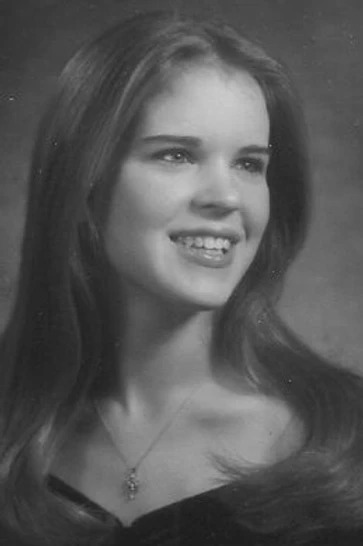By Harriet Riley. Lamar High School, Class of 1977
The school felt temporary. Built like a warehouse with aluminum siding and a flat roof, my high school had an industrial atmosphere. A central hallway went the length of the long building with classrooms on either side and the principal’s office and library in the middle. The classes smelled like drywall and fresh paint until sweat and chalk overwhelmed the newness. There was a large gym and an even larger football field, because football was still king on Friday nights. We were in Mississippi, of course. A lot of us watched the national interest in a Jackson Free Press story last fall on how U.S. Senator Cindy Hyde-Smith had graduated from an all-white segregation academy in Mississippi in 1977. The New York Times, Politico and NBC stepped in to cover the revelation as well. Cindy Hyde-Smith wasn’t exactly alone, of course.
I moved away from Mississippi after college in 1981 and have not lived in my home state since. For years, I avoided telling people that I went to a private high school because I knew people would assume it was a segregation academy.
I was ashamed of my alma mater that was, indeed, created as a school that would not admit black students. The school was even named after a white supremacist from the previous century, L.Q.C. Lamar. Our mascot was the Raiders, as in someone who attacks an enemy in their territory. That wasn’t as overtly racist as our main competitors, the neighboring Jefferson Davis Academy Rebels. They opened before my school and, I assume, chose the more racist mascot.
For me, a second timer went off in the words of author Kiese Laymon a few months ago at Lemuria Books in Jackson. He pointed to the news coverage of past racist dress up by Virginia governor Ralph Northam and others. Why all the sputtering denial about what happened before, Laymon asked the audience. “I want to see a white person say “Yeah, that was me. And this is what was going on in my head….’”
Lamar High School, my middle and high school, opened in 1970. Integration happened in Mississippi in 1970. This was 16 years after the landmark Supreme Court decision in Brown vs. Board of Education. Legal action by black parents and the federal government’s intervention forced the state to finally allow white and black children to attend the same schools.
I was just starting fifth grade at my public elementary school, Poplar Springs, when the schools in Meridian were finally fully integrated. I had never attended school with anyone other than white children. Suddenly our classes were full of unfamiliar faces, and I had a black math teacher. I don’t remember being particularly disturbed by the change. I was with my same friends. I still rode my bike or rode the bus to school most days. But my parents were unnerved by the situation.
For the first time, I angrily questioned my father. “Daddy, why do I have to leave my school and my friends?” He replied in his most authoritative tone, “You’ll get a better education there.”
I’m not so sure he was right. I attended Lamar from sixth grade through twelfth. From a basketball coach who very unenthusiastically taught us science to a history teacher, also a coach, who left out huge chunks of world events, I had a slipshod education. Another science teacher spent a whole semester using Adele Davis’ Let’s Eat Right to Keep Fit as our textbook. I assume there was no required curriculum at my high school. On the other hand, I was inspired to love words and writing because of my beloved English teacher. I also helped form the debate club and researched prison reform and presidential politics for tournaments. And because my graduating class was so small (only 28!), I made the closest friends of my lifetime at that school. Today, my four best girlfriends, my strong, smart sisters, were my high school classmates.
Lamar School is now integrated and accredited, and its graduates are proud of their high school. However, the stench of racism still clings to me like a bad smell. I remain ashamed.
Harriet Riley is a New Orleans-based freelance writer focusing on creative nonfiction. She has taught creative writing to school children and journalism to college students, worked as a non-profit director and as a newspaper reporter. Harriet has her M.A. in print journalism from the University of Texas at Austin.
